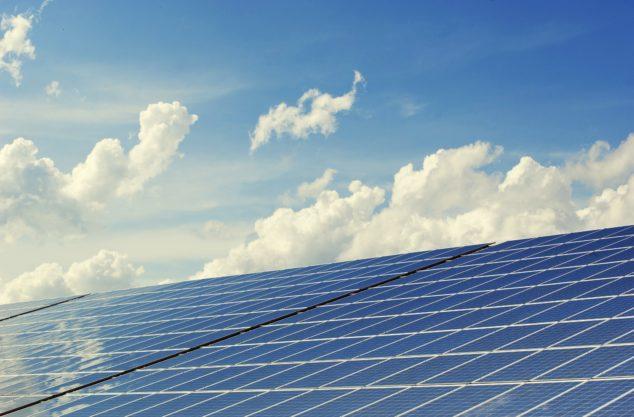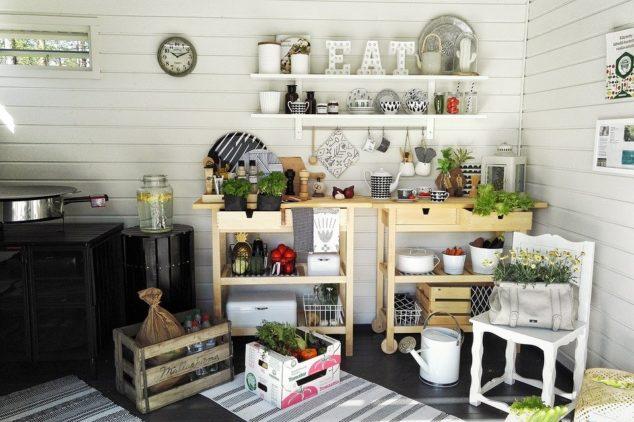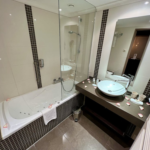Introduction
In the modern age of renewable energy, solar panel installation seems to make perfect sense for the majority of homes. The garage is a good place to start with your installation, and can be an alternative to the roof of your main home, where many opt to get their solar panels installed. Garages are preferable as they are seen as a utility, if you are worried that your panels can create an eye-sore on the roof of your home itself, opt for the garage It’s essential to look for a company with experience, as they will know exactly how to place the hot water systems in your house. Once installed, the system will provide between 75%-85% of a household’s hot water needs at no cost, significantly reducing your electricity bills.
By installing solar panels, you can ensure that you have a supplemental energy supply. Depending on where you are based in the world, the energy supplied can either go back into the grid, go into powering your home or just make sure that your garage shed itself is self-sufficient in terms of energy usage.
The installation is quite a specialist task. There are many detailed guides out there on how you can put together a DIY solar garage, but it is not always easy and you should always be sure to do your research. If you are a naturally handy person who is good with building, DIY could be an option, alternatively, getting the help of professionals is a good idea. This can ensure you don’t botch your installation.
Garage construction
Considering the garage construction will help you to decide on aspects such as the type of panels. The angle of the garage roof and the way it is constructed are key to establishing if your garage is a candidate for solar paneling.
If you are using a photovoltaic array, you need to use flat roofing and it can be attached with a fixed array and racking. Alternatively, some come with ballasts, which act as weights to keep them in place without being specifically fixed.
Depending on the construction of the garage and its location, you can potentially install the solar panels as an awning along the side. This way, they can also be angled to maximize sun exposure.
Garage roof protection with tarps
Whether you’re going for installation by the professionals or opting for a DIY approach, it is essential that during any work, waterproof tarps are attached and used to protect your garage while changes are being made. Putting a tarp in place makes sure your garage’s interior is not exposed to rain and other weather conditions. Most garages have some form of electrics, and this may be exposed while work is being undertaken. A tarp makes sure that a dangerous hazard can be avoided.
Solar panel installation
The process of installation will normally look pretty similar. Solar panels can vary slightly in design, and their shape and angle may be different, but they do tend to be installed using the same method.
Once scaffolding has been erected, roof anchors should be attached, these will hold in place the frame which your panels will slot into. The frame is then attached to these, and create slots for the panels themselves to sit nicely within.
Panels should then be installed, first by loosely clamping them into place, but once they have been properly positioned and spread over the whole roof they will be tightened to a more robust position within the framing.
Once the panels are in place, the wiring needs to be installed, this must include an inverter to convert DC into AC current in order to make it usable within the house or within your garage shed. The wiring will be what runs your panels back into the home (or an electric grid). This is not a task to be undertaken without training.
In many parts of the world, there are certifications that need to be given to ensure that the panels are up to scratch and working as they are intended. It may be, depending on the state you are in, that someone inspects the work. If you are using a solar energy company then this should be something they can help with.
Conclusion
While the process isn’t easy to install solar paneling and run a current back into your home, it can be very worthwhile and save you money in the long run. If you live in an area where there is a lot of sunlight, you should be harnessing this to ensure you stay away from fossil fuels and make the most of the solar technology, which is better than it ever has been before.







